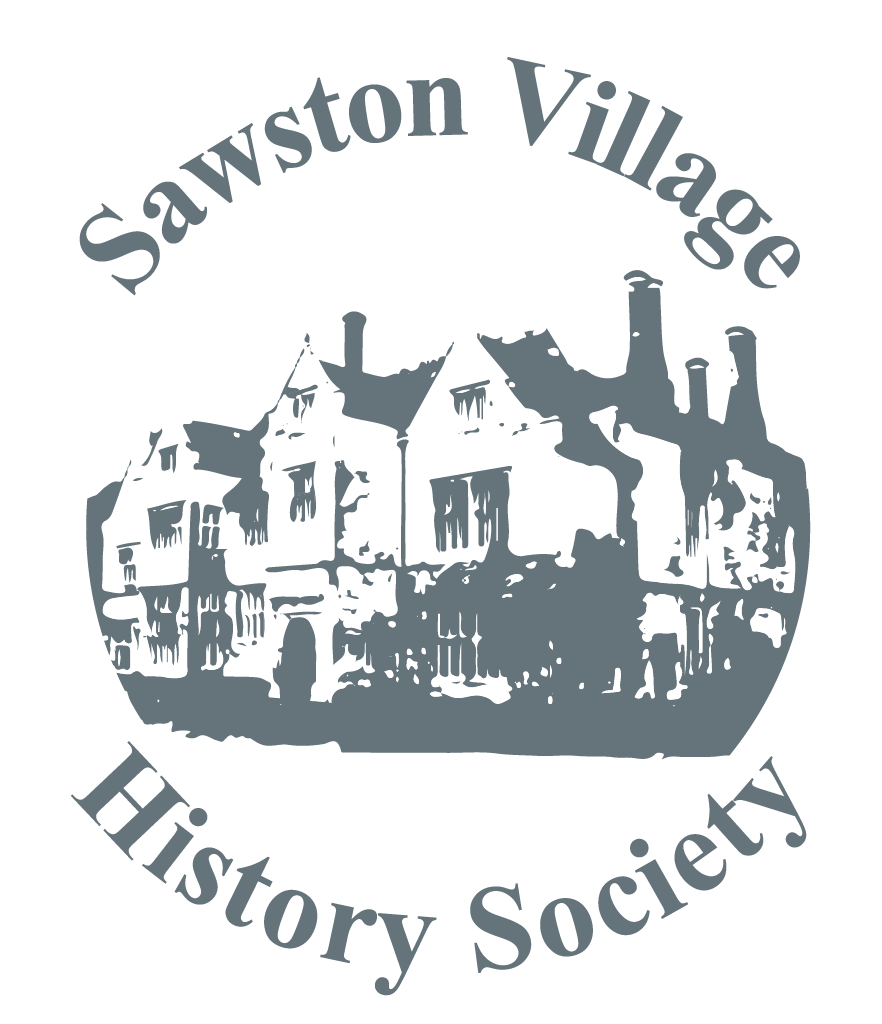
Helen illustrated her talk with John Constable's picture "The haywain" which was painted in 1821. She showed that the Shelford village sign may have been inspired in part by that painting. She showed a photo of Inglenook Cottage in Shelford, which was built in the 1700s as the home of a yeoman farmer. In the 1800s the population of Shelford, as in many other villages, had doubled, without an equivalent increase in the housing stock. Inglenook Cottage had now been divided into two. The first was a one down, one up, and the second a one down, two up home. Cramped accommodation like this was a recipe for lice, bed bugs and disease, and in rural areas still existed in some places in the 1950s, as some of the older generation can confirm.
Women's work largely revolved around housework, cooking and laundry. Men may have had hard labouring work, but they did have the consolation of the pub. Shelford at this time had nine in the village, although most would have had very modest facilities. With money being very scarce, however, spending on drink could be a major issue. For women the only source of employment was domestic service, which entailed an unending list of jobs from seven in the morning to nine at night.
Bad behaviour amongst the lower orders could be unofficially punished by Rough Music - a large gang making a fearful racket outside the home of offenders. One example was a man of 35 who jilted his intended bride at the altar with the excuse that "Mother won't let me". The practice of Rough Music was made illegal at the end of the 1800s.
The life of the labouring man was very hard. For example Josiah Dean who was born in 1837 was sent out bird scaring at the age of seven, and graduated to hoeing in the fields when he was ten. Only in later life did he learn to read and write. There were some happier seasons such as haymaking and harvest. After the corn had been cut, stooked, and carted back to the stack yard, there was the opportunity for women and children to go gleaning after a bell was rung at eight o'clock. If they were successful, they could make a very important contribution to the family diet.
There was a very inadequate system of poor relief, and when it was further reduced there were a succession of arson attacks in 1828-1832. A fire in Shelford could be seen in St Neots. The primitive fire engine required two teams to work the pump for which they were paid, and it was eventually found that one of the team was the arsonist, so that he could be paid for working the fire engine. For the old or sick the workhouse hung like the sword of Damocles over the poor. The development of the railways and their advertisements for emigration offered a way out. In 1851 in Shelford alone, 150 people emigrated to Australia.
The Feast was a great event for the poor, held in Shelford in July. It lasted three days, and as well as food and drink it involved many fairground activities, and as so often happens when drink is involved, fighting was not infrequent. It must have been a great holiday for the poor, but was frowned on by the upper classes, who did all they could to put a stop to it, so that it now survives in only a few places such as Shelford.
Jim Butchart